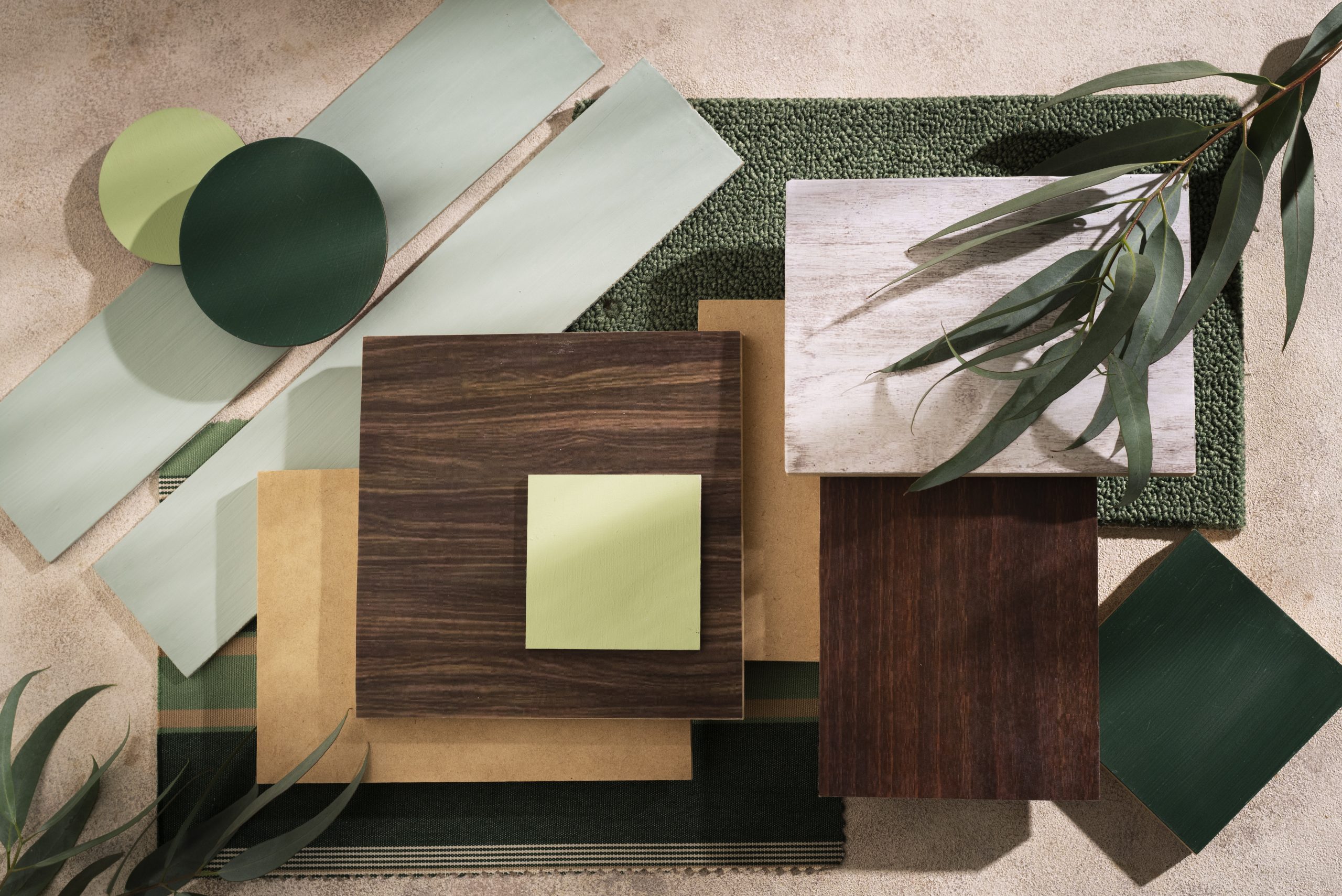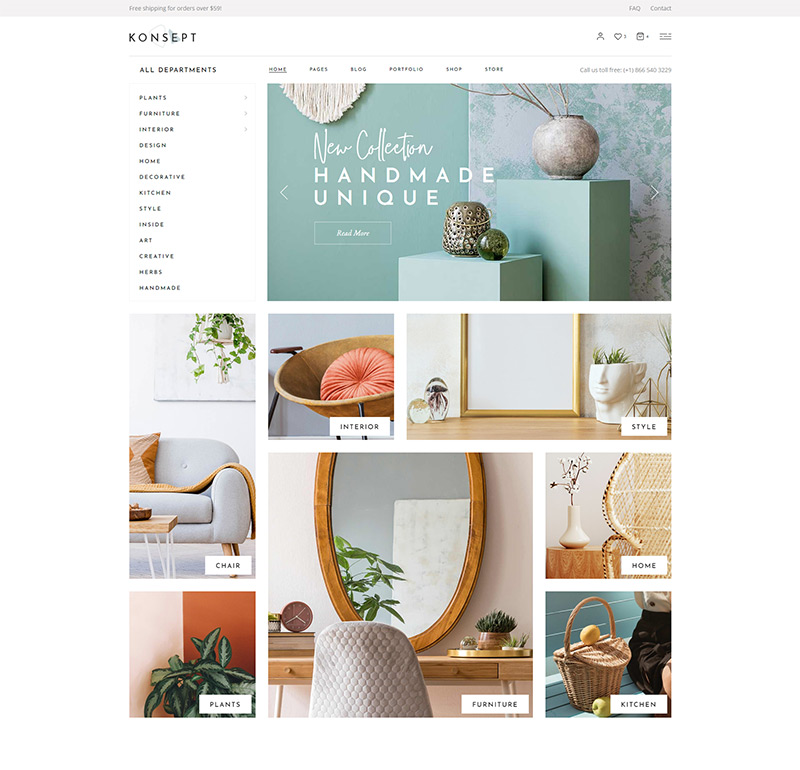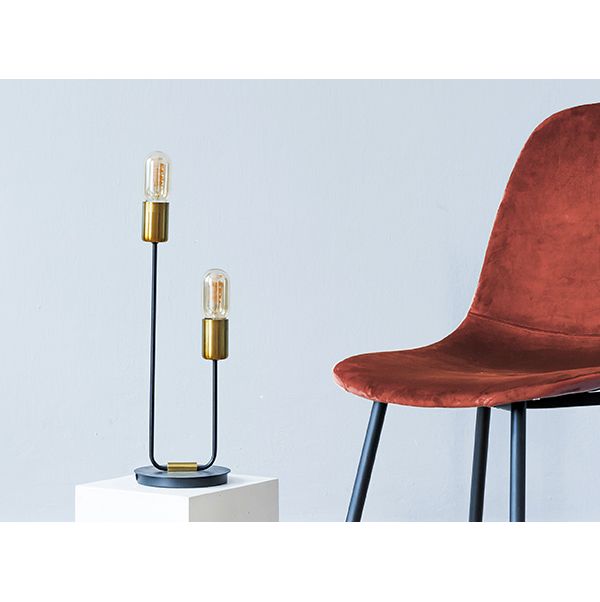
Pre-Laminated Boards vs Traditional Plywood: What Sets Them Apart?
Whenever you design a commercial space, remodel your home, or work with furniture, one question always arises: ” Should I use pre-laminated or traditional plywood?” This question becomes more annoying as both materials are used widely in interior and construction businesses.
Okay, the truth is, both traditional plywood and pre-laminated particle wood have their own features and advantages. And, the best choice depends on your uses and requirements. To make an informed decision, you need to know every little detail about both the plywood options.
And, you need not worry about it anymore, as we are here with a blog that tells you about the key differences between pre-laminated boards and traditional plywood. And we will also brief you about why people are considering pre-laminated boards for modern interiors.
What are Pre-Laminated Boards and Traditional Plywood?
Well, not everyone is known to pre-laminated boards or traditional plywood. So, let’s start with acquiring some knowledge about them first before diving further.
Pre-laminated boards are wood panels, either Particle Board, Medium Density Fibreboard (MDF), or plywood, with a decorative laminate surface stuck onto both sides of the panel. This feature makes them a ready-to-go option for furniture, cabinets, wardrobes, and other interior applications.
Whereas a traditional plywood is a strong, multi-layered product of wood that is made up of thin sheets glued together. It is a durable product that may last longer when properly cared for. But, do you know there is little drawback associated, traditional plywood often requires manual lamination, polishing, or painting before being used as decorative stuff.
What Makes Traditional and Pre-laminated Different From Each Other
Without wasting another minute, let’s take a look at the key difference between traditional plywood and, particularly, pre-laminated particle wood.
Finish and Aesthetic Appeal
Traditional plywood lacks a finished surface and requires a laminate or veneer sheet to be applied manually. Then, edge-banding and finishing are essential to get a decorative look. This adds cost and requires skilled labour for a perfect finish.
On the other hand, pre-laminated particle wooden boards come with a factory-finished surface. They have a diverse range of textures, colours, wood-grain patterns, and even a matte or glossy finish. This reduces the time consumed and is also budget-friendly.
Time Requirements and Ease of Use
If you have limited time and manpower, pre-laminated particle wood or MDF boards ease your stress. Being pre-finished, they eliminate the need for additional steps like lamination, polishing, and drying.
Whereas traditional plywood requires a few more steps before installation. These steps include lamination, edge sealing, and finishing, which add to the project timeline.
Maintenance and Cleaning
Pre-laminated boards are resistant to stains, scratches, and moisture due to the laminated surface. And if anything spills or dust is settled, only a damp cloth is required to wipe it, which makes them a perfect option for households, kitchens, and offices.
Traditional plywood depends on the surface finish you apply and can be prone to water damage, and requires tougher maintenance. Improper finish can lead to swelling and chipping of wood over time.
Budget Constraints
When you visit a shop, pre-laminated boards seem more expensive than traditional plywood. But they turn out to be more cost-effective as the traditional plywood requires additional costs of fabricating, laminating, polishing, finishing, and skilled labour. Thus, for a budget-conscious yet stylish interior, pre-laminated boards are considered great.
How to Choose the Right Wooden Boards: Based on Applications
Whether you are choosing between pre-laminated MDF boards, particle wood, or traditional plywood, it is best to consider the application. Here’s how you can use different forms of plywood and their applications.
Pre-Laminated Board
These are ideal for making wardrobes, office furniture, cabinets, bookshelves, and partitions. Also, they are the perfect choice for quick modular installations.
Traditional Plywood
These boards are perfect for areas requiring high weight-bearing capacity. You can also consider them for wall panelling, kitchen counters, and curved furniture.
Quick Recap
Pre-laminated MDF boards, particle wood, and modern plywoods are changing the game with their unique benefits in the world of contemporary interiors. With their sleek finish, easy installation, and minimal maintenance, they have become a popular option among homeowners, interior designers, and contractors.
While traditional plywood still holds its ground due to its durability and efficiency in custom furniture, it is unable to beat the efficiency, convenience, and aesthetic appeal that pre-laminated boards offer.
So, if you are planning a home renovation or designing an office space, knowing these differences will make all your moves smarter and benefit you by saving your time, money, and effort.










Leave a Reply